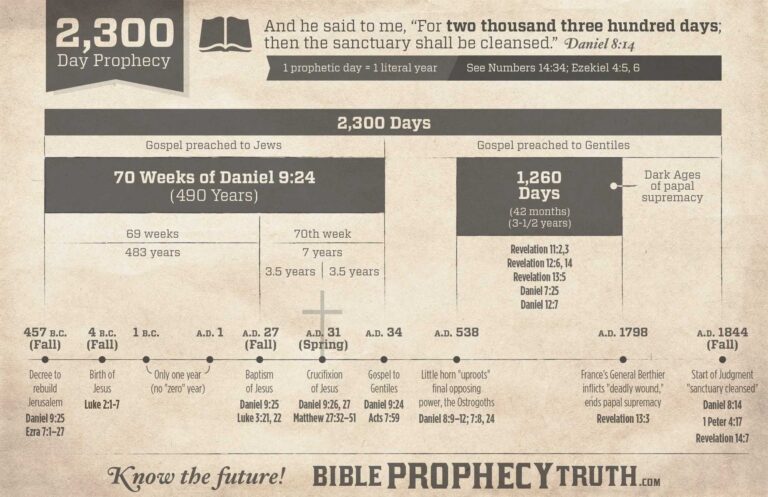Ninety days, often deemed a significant timeframe, consist of roughly three months. This period holds potential for transformative milestones and achievements. How many is 90 days? It spans across seasons, offering ample time for growth and progress. Time is a valuable asset within this duration, urging productivity and purposeful action each day. Let’s delve into the possibilities and opportunities that lie within the expanse of 90 days.
How Many is 90 Days: Exploring the Concept of Time
Understanding the Length of 90 Days
Have you ever wondered just how long 90 days really is? Time can sometimes feel like a tricky thing to wrap our heads around, but don’t worry, I’m here to help break it down for you! Let’s explore the concept of 90 days and discover just how significant this period of time can be.
When we talk about 90 days, we are referring to a duration of time that spans across three months. To put it into perspective, think about all the things you can do in a day—like wake up, have breakfast, go to school, play with friends, and then go to sleep. Now, imagine repeating those activities for 90 days straight! That’s quite a lot of days, right?
The Importance of 90 Days
So, why is the number 90 days important? Well, 90 days is often used as a benchmark for setting goals and making changes in our lives. It’s a long enough period to see progress and make meaningful improvements, but not so long that it feels overwhelming.
For example, if you wanted to learn how to play a new instrument, committing to practicing for 90 days can make a significant difference in your skills. By the end of the 90 days, you would have dedicated time to practice, learn new techniques, and see noticeable growth in your musical abilities.
Setting Goals for 90 Days
Setting goals for 90 days can be a fun and rewarding experience. Whether you want to improve your grades, become a better artist, or learn a new sport, breaking down your goals into manageable tasks over 90 days can help you stay motivated and on track.
Here are some tips for setting and achieving goals in 90 days:
1. Start by identifying what you want to accomplish in the next 90 days. Is it getting better at math, drawing more regularly, or running faster?
2. Break down your goal into smaller tasks that you can work on each day. For example, if your goal is to read more books, aim to read a chapter every day.
3. Keep track of your progress by setting up a calendar or journal to mark off each day you work towards your goal.
4. Celebrate your achievements along the way. Whether it’s a small treat for reaching a milestone or sharing your progress with friends and family, positive reinforcement can help keep you motivated.
Fun Facts About 90 Days
Did you know that 90 days is equivalent to approximately one-quarter of a year? That means if you count 90 days from today, you’ll be looking at a date three months into the future!
Here are some other fun facts about the number 90 and its significance:
1. In ancient times, the number 90 was considered a symbol of completion and fulfillment.
2. There are 90 degrees in a right angle, which is why angles in geometry are often measured in multiples of 90.
3. The average human pregnancy lasts around 280 days, which is close to three sets of 90 days.
Conclusion
In conclusion, 90 days may seem like a long time, but it’s a period filled with opportunities for growth, progress, and positive change. By understanding the significance of 90 days and how to set goals within this timeframe, you can achieve amazing things and make a difference in your life.
So, the next time someone asks you, “How many is 90 days?” you’ll be able to confidently say that it’s more than just a number—it’s a chance to make your dreams a reality through dedication, perseverance, and a little bit of time each day.
Can I Gain 10 LBs Of Muscle In 90 Days?
Frequently Asked Questions
How long is 90 days?
90 days is equivalent to approximately 3 months. It is a period of time spanning almost 3 full calendar months, totaling to about a quarter of a year.
What is the significance of the 90-day timeframe?
The 90-day period is often used as a standard timeframe in various contexts, such as probationary periods for employees, trial periods for products or services, and certain visa durations. It allows for a substantial amount of time for assessment or completion of specific activities.
Can 90 days be considered a short or long duration?
While the perception of time can vary depending on the context, 90 days would generally be considered a moderate duration. It provides ample time to achieve certain goals or milestones without being excessively long or short.
Final Thoughts
In conclusion, 90 days equates to three months. This time frame allows for significant progress and transformation. It provides ample opportunity to set and achieve goals. Make the most of how many is 90 days by staying focused and consistent in your efforts. Remember, each day counts towards your ultimate success.






+ There are no comments
Add yours